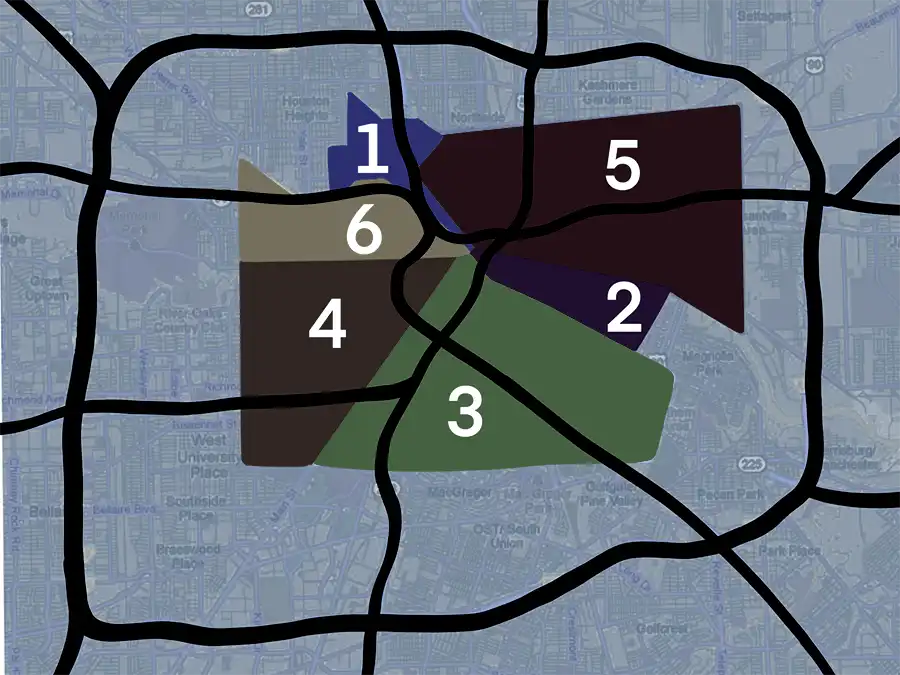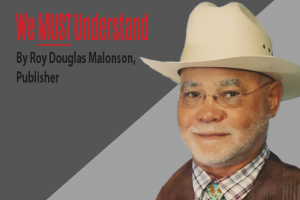The Houston wards were designated before 1915 with each borough having its own strictly defined sectors, each with its own unique culture and vibe. Since transportation was difficult a person’s occupation was the greatest reason for the part of town they lived in. First Ward, the city’s birthplace and initial business district, is at the confluence of Buffalo Bayou and White Oak Bayou, which was once a bustling port. Now the Asian American community and the Texas Dragon Boat Association hold their annual race here each spring. First Ward swept north and west embracing the southern portion of today’s Heights neighborhood. A revitalized community with beautification days supports a communal garden and attracts citizens who want to be able to walk to local attractions. Many of the original landmarks have been devoured by modern downtown buildings, but existing vestiges of the original structures have been protected.
The Second Ward extended from downtown to Magnolia Park, edged by Buffalo Bayou and Harrisburg Boulevard. Excluding downtown, these boundaries remain today, boasting sparkling vistas of the skyline. Once the neighborhood supported a considerable Jewish population. Mexican immigrants began moving in in the early 1910s and it became “Segundo Barrio”. Our Lady of Guadalupe, the original Mexican church in Houston still serves 3,500 families. From the 1920s until close to the close of the 20th century factories were the homegrown employers. These buildings are being reborn as trendy lo s marketed with fragments of their art deco elegance to prosperous newcomers. e Greater East End (Eado), is a richly historical neighborhood in the Second Ward. It, too, has become gentrified, but Ninfa’s and other family-run cafes are nostalgic remembrances of the area’s working-class roots.
The mostly Black third Ward is famous as the home of Beyonce, but it has always been a lovely community lined with New Orleans-style cottages. It is home to two universities, as well as Emancipation Park, Project Row Houses with studios featuring visiting African American artists. From the iconic Is It, the city’s oldest soul food restaurant, the Museum District, Miller Outdoor eater, Hermann Park and the Ensemble eater, no ward in Houston has gone through more divergent changes even as its boundaries have been minimized. Fourth Ward, one of the largest original wards, is the remnants of Freedman’s Town. Beginning downtown and expanding westward along Buffalo Bayou it includes Midtown and e Breakfast Klub.










